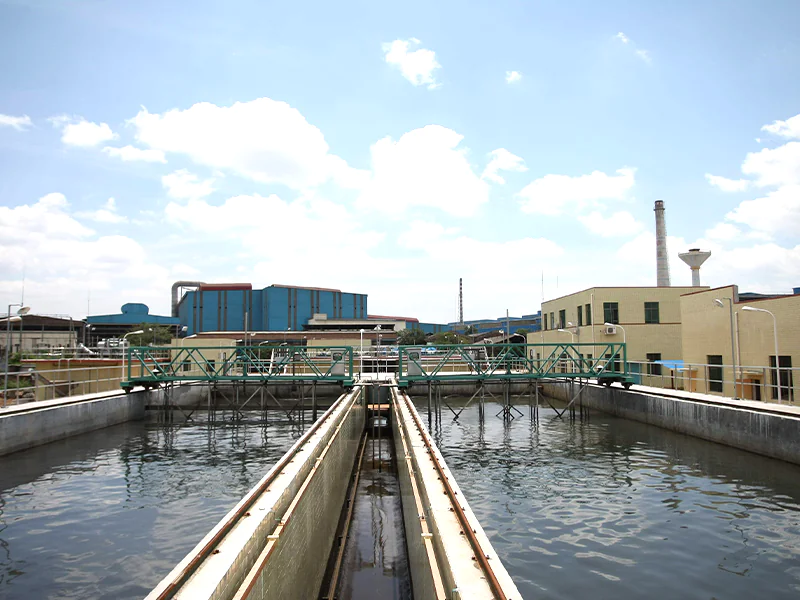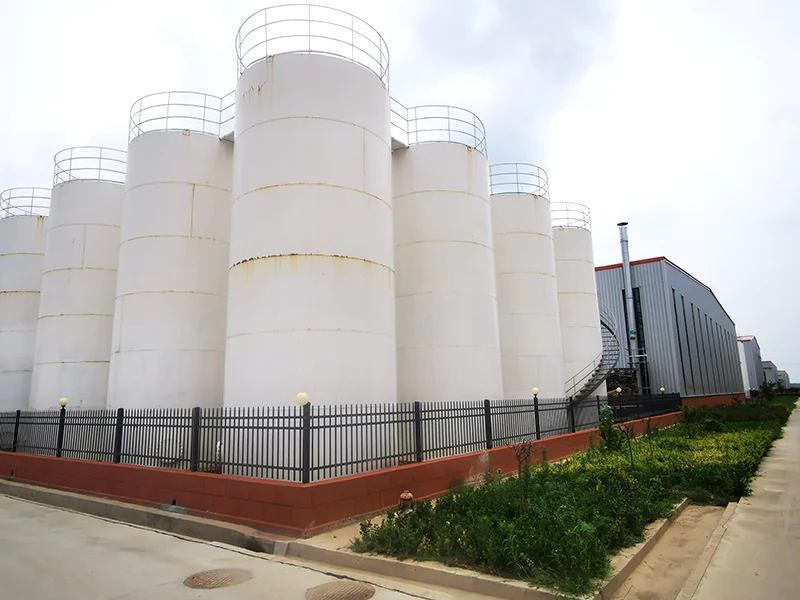In wastewater treatment, the C:N:P ratio (100:5:1) is widely used. It guides how to design and run biological systems. By adding the right nutrients, you can:
✅ Keep microbes active
✅ Improve treatment efficiency
✅ Save costs
✅ Avoid discharge problems
Why Keep C:N:P at 100:5:1?
Because when microbes break down organics, they need enough:
- Carbon (like COD/BOD)
- Nitrogen (like TN)
- Phosphorus (like TP)
These support their metabolism and growth. If one is missing, microbes “go hungry.” Then, nitrogen and phosphorus removal drops. Your treated water may even exceed discharge limits! That’s why most biological systems use C:N:P = 100:5:1. It’s the “golden rule” for balanced nutrients.

How to Calculate Nitrogen and Phosphorus Dosage
You only need three key data points:
- Inlet COD, TN, TP
- Daily water flow
Then use these formulas:
Nitrogen dosage (kg/d)
Nitrogen demand (kg/d)={(COD × Flow × 5%) / 1000} – {(TN × Flow) / 1000}
Phosphorus dosage (kg/d)
Phosphorus dosage (kg/d)={(COD × Flow × 1%) / 1000} – {(TP × Flow / 1000}
Finally, divide by your chemical’s active content. That gives you how much to add.
📊 Example
COD = 500 mg/L,TN = 15 mg/L,Flow = 100 m³/d,Urea has 46% nitrogen.
Step 1: Find nitrogen needed
500×100×5%=2500g=2.5kg
Step 2: Find nitrogen already in water
15×100=1500g=1.5kg
Step 3: Find nitrogen gap
2.5kg−1.5kg=1.0kg
Step 4: Find urea dosage
1.0kg÷46%≈2.17kg/day

✅ Why Accurate Nutrient Dosing Helps
- Raises biological treatment efficiency
- Lowers running costs
- Stops TN and TP from going over limits
- Makes your discharge greener
Accurate nutrient dosing is key for digital, smart wastewater management. Use these simple calculations to run your system better and greener!
